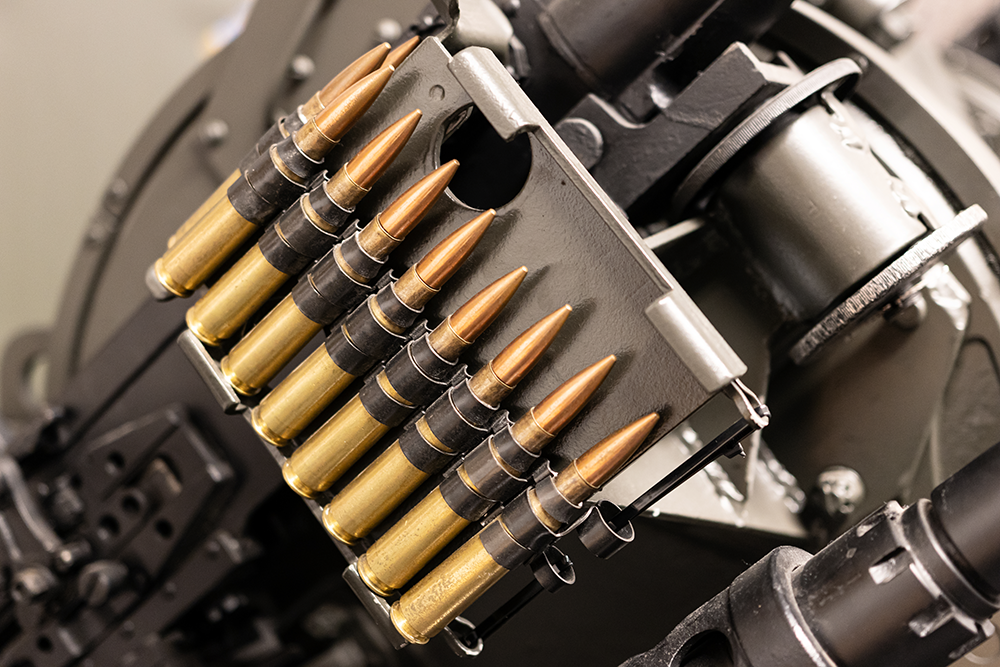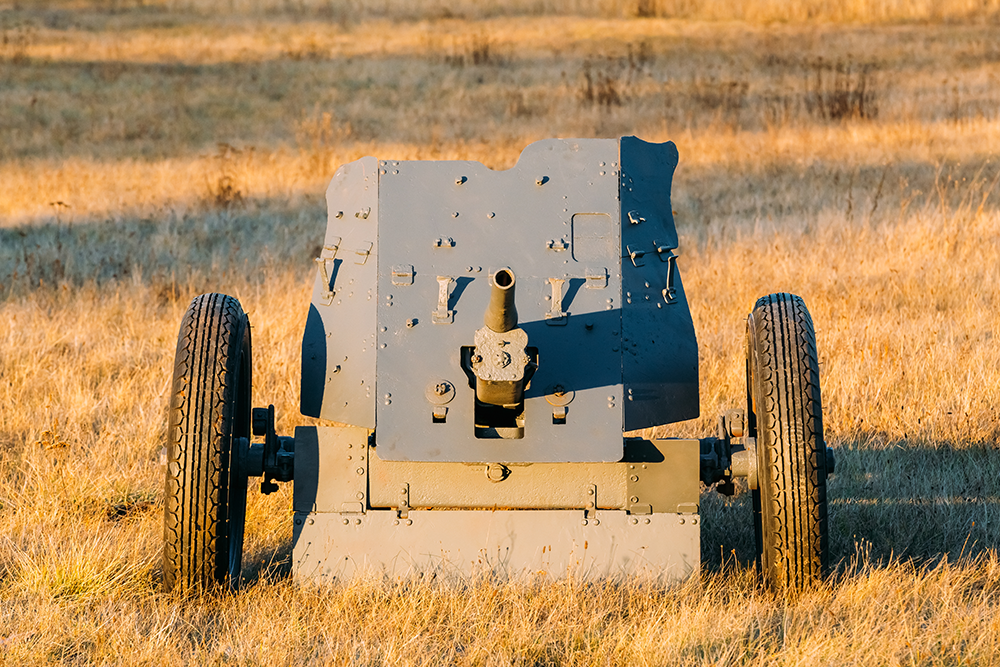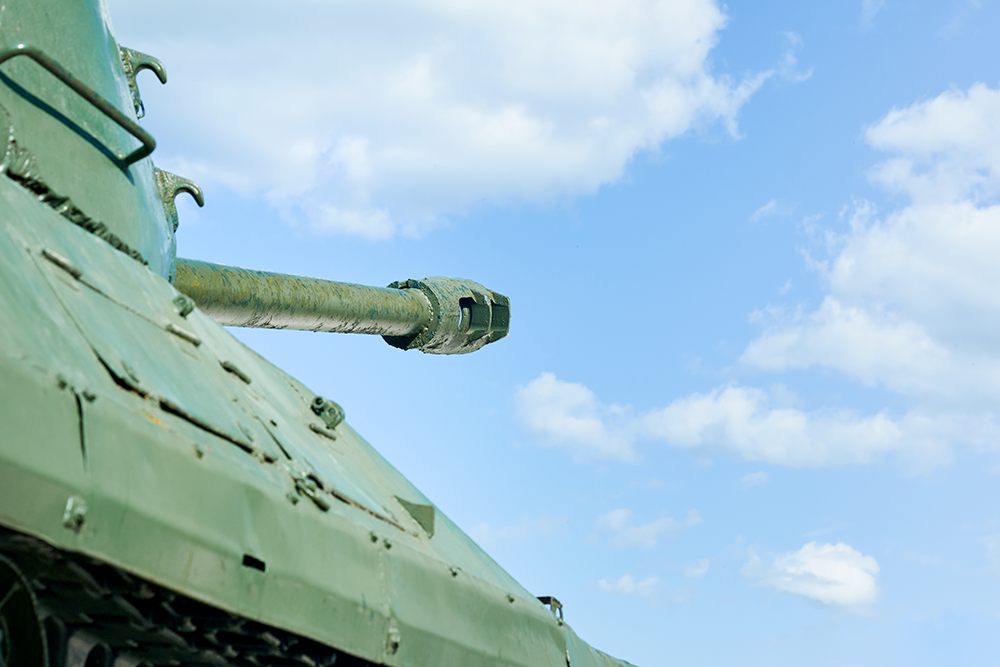Definition and Intended Outcomes
An air defense system is the interconnected chain of sensors, command-and-control (C2) software and operators, and effectors (missiles, guns, directed-energy) that protects airspace against aircraft, helicopters, cruise missiles, rocket/artillery/mortar (RAM), and—critically—mini/micro-UAVs and loitering munitions. The intended outcomes are consistent and measurable: early detection, accurate identification, rapid engagement, and sustainable protection over time.
A single platform rarely solves the full problem. Threats differ in radar cross-section, speed, altitude, flight profile, and tactics (e.g., swarms, saturation). A cost-effective air defense system therefore combines multiple layers so that each threat is engaged by the right layer with the right effector. This preserves magazines, avoids shooting a long-range missile at a short-range drone, and increases the probability of kill while controlling total cost of ownership.


Threat Spectrum and Operational Risks
Modern air threats span a wide range, each introducing distinct risks to detection, tracking, and engagement:
- Fixed-wing and rotary aircraft: Higher speed and altitude; require earlier detection and longer-range intercept options.
- Cruise missiles: Low-altitude, terrain-following profiles complicate radar line-of-sight and reaction time.
- RAM (rocket/artillery/mortar): Short time-of-flight; demands high fire-rate effectors and predictive fire control.
- Mini/micro-UAVs and loitering munitions: Small RCS, low acoustic/thermal signatures; often appear in swarms, stressing sensor capacity and effector magazines.
- Electronic warfare and deception: GNSS denial, datalink jamming, and decoys attempt to blind sensors or mislead C2.
Operationally, these threats compress decision timelines. Systems must reduce false alarms, fuse multi-sensor tracks, and allocate fire in seconds—not minutes—while preventing fratricide and collateral damage.
The Layered Air Defense Principle and Architecture
A layered architecture distributes roles across short, medium, and long ranges, and across low to high altitudes. It integrates sensors (radar, EO/IR, RF, acoustic), C2, and effectors through resilient data links to produce a single Common Operating Picture (COP) and a disciplined engagement process.
Core design principles:
- Right threat, right layer: Match effector cost and kinematics to target class to maintain sustainability.
- Sensor fusion first: Combine complementary sensors to increase detection probability and classification accuracy.
- Networked C2: Apply standardized ROE, threat prioritization, and fire allocation consistently across all units.
SHORAD (Short-Range Air Defense)
Role: Protects bases, critical infrastructure, maneuver units, and urban areas at low altitude/short range—the first layer to engage small UAVs, loitering munitions, low-flying helicopters, and RAM.
Typical toolkit:
- Sensors: Short-range 3D radars with micro-Doppler, EO/IR turrets, RF detectors for UAV control links.
- Effectors: MANPADS and short-range SAMs, close-in air defense guns (land-based CIWS), and counter-UAS options such as RF jamming, GNSS denial, net-guns, and in select cases directed-energy.
Why it matters: SHORAD buys time for inner defenses, contains saturation at the edge, and preserves higher-value interceptors for appropriate targets.
MRAD (Medium Range)
Role: Extends the engagement envelope to medium altitudes and ranges, creating engagement depth against cruise missiles and fixed-wing aircraft before they reach SHORAD.
Characteristics: Network-centric interceptors with robust seekers and datalinks, multi-target engagement capability, and integration with early-warning radars. MRAD reduces pressure on SHORAD magazines and stabilizes the fight tempo.
LRAD (Long Range)
Role: Provides early pushback and deep defense against high-altitude aircraft and select ballistic/quasi-ballistic profiles in coordination with long-range surveillance radars.
Impact: By forcing the adversary to expend more resources simply to approach defended airspace, LRAD contributes to deterrence and shapes adversary planning. It also enables earlier cueing to MRAD/SHORAD, aligning the entire system on a common timeline.
Sensor Ecosystem and Sensor Fusion
A robust air defense system relies on a diverse sensor mix to maximize detection probability across target classes and environments. Long-range 3D surveillance radars provide early cueing; short-range radars with micro-Doppler help separate birds from mini-UAVs; EO/IR turrets deliver day/night visual confirmation; RF detectors/ESM expose control links and payload telemetry; and acoustic nodes contribute in cluttered urban canyons. The point is not to crown a single “best sensor,” but to fuse complementary strengths.
Sensor fusion aggregates tracks from heterogeneous sources, correlates IDs, and produces a cleaner Common Operating Picture (COP). This reduces false alarms, raises classification confidence, and feeds C2 with higher-quality data. Increasingly, machine-learning classifiers assist with track-before-detect, intent inference (flight pattern anomalies), and auto-handoff to the most suitable layer. The practical payoff is faster, more reliable decisions with fewer operator distractions.
C2 Decision Loop and Data-Link Resilience
C2 transforms fused sensing into disciplined action. A modern C2 command and control stack performs track association, threat prioritization, fire allocation, and ROE enforcement with millisecond-level latency budgets. Think of it as an industrialized OODA loop: Observe (fuse), Orient (classify), Decide (allocate), Act (engage).
Resilient data links are non-negotiable. Networks must survive jamming, degraded GNSS, and intermittent line-of-sight. Techniques include frequency agility, directional links, redundant paths, time-sync alternatives, and graceful degradation modes. On the cyber side, hardening practices—role-based access, signed updates, audit trails, and segmented networks—are essential to keep decision chains trustworthy.
Supervised automation is the sweet spot: automation accelerates routine steps, while operator-in-the-loop confirmation governs weapon release in complex air pictures. This balance protects both safety and tempo.
Effectors and Engagement Concepts
Effectors translate decisions into defended airspace. An efficient mix typically includes:
- Short-range SAMs and MANPADS for agile point defense.
- Close-in air defense guns with high rates of fire for RAM and small UAVs.
- Counter-UAS (C-UAS) options: RF jamming, GNSS denial, net-based capture, selective directed-energy where authorized.
- MRAD/LRAD interceptors to thin out raids early and cue inner layers.
Engagement doctrine matters as much as hardware. Use right-threat/right-effector matching to preserve magazines; apply shoot-assess-shoot to avoid waste; and plan salvos against maneuvering or hardened targets. Geo-fenced no-fire zones, collateral-risk models, and positive identification criteria should be embedded in C2 so tactical speed never compromises strategic judgment.

Deployment Scenarios
- Critical energy facilities and refineries: 360° SHORAD with gun/missile hybrids around the perimeter, RF/EO/IR towers for C-UAS, and MRAD early-warning overlays to shape engagements before threats close in.
- Airports and ports: Heightened small-UAV detection with RF and EO/IR, localized mitigation (rather than broad jamming) coordinated with civil operations and air traffic rules.
- Urban government and corporate sites: Multi-path radar layouts to cut blind spots, EO/IR for low-RCS confirmation, and mobile SHORAD units to adapt to changing street canyons.
- Borders and wide-area corridors: LRAD/MRAD to push threats back early, SHORAD patrols to cover gaps, passive radar and acoustic networks for stealthy or terrain-masked targets.
- Temporary events and pop-up sites: Containerized SHORAD packages with portable jammers, quick setup/teardown logistics, and pre-approved ROE for rapid response.
Procurement and Sustainability Criteria
Selecting an air defense system is a life-cycle decision:
- Total Cost of Ownership (TCO): Interceptor unit cost, maintenance/overhaul cycles, software licensing, and spares.
- Modularity & scalability: Add layers or sensors as the threat evolves; avoid lock-in.
- Open architecture: Standards-based interfaces to integrate legacy radars, EO/IR, and third-party C2 modules.
- Cyber resilience: Hardening, continuous monitoring, least-privilege access, and secure supply chains.
- Logistics footprint: Availability of parts, field-level maintainability, and training pipelines.
- Training & simulation: High-fidelity virtual or mixed-reality scenarios to rehearse saturation and swarm conditions.
- Localization: Local content, knowledge transfer, and a clear modernization roadmap to future-proof the investment.
Conclusion and Call to Action
A well-designed air defense system unites layered air defense, rigorous sensor fusion, and a resilient C2 spine to deliver timely, precise, and sustainable protection. SHORAD contains the rush at the edge, MRAD creates engagement depth, and LRAD imposes deterrence before threats even arrive—while C-UAS capabilities handle the most proliferated danger of our era: small drones.
If you’re planning or upgrading a multi-layer solution, Arrow Defence can help map your threat profile, simulate coverage, and define the optimal sensor-to-effector mix—balanced for performance, cost, and growth. Let’s design the architecture that keeps your airspace secure, day after day.

